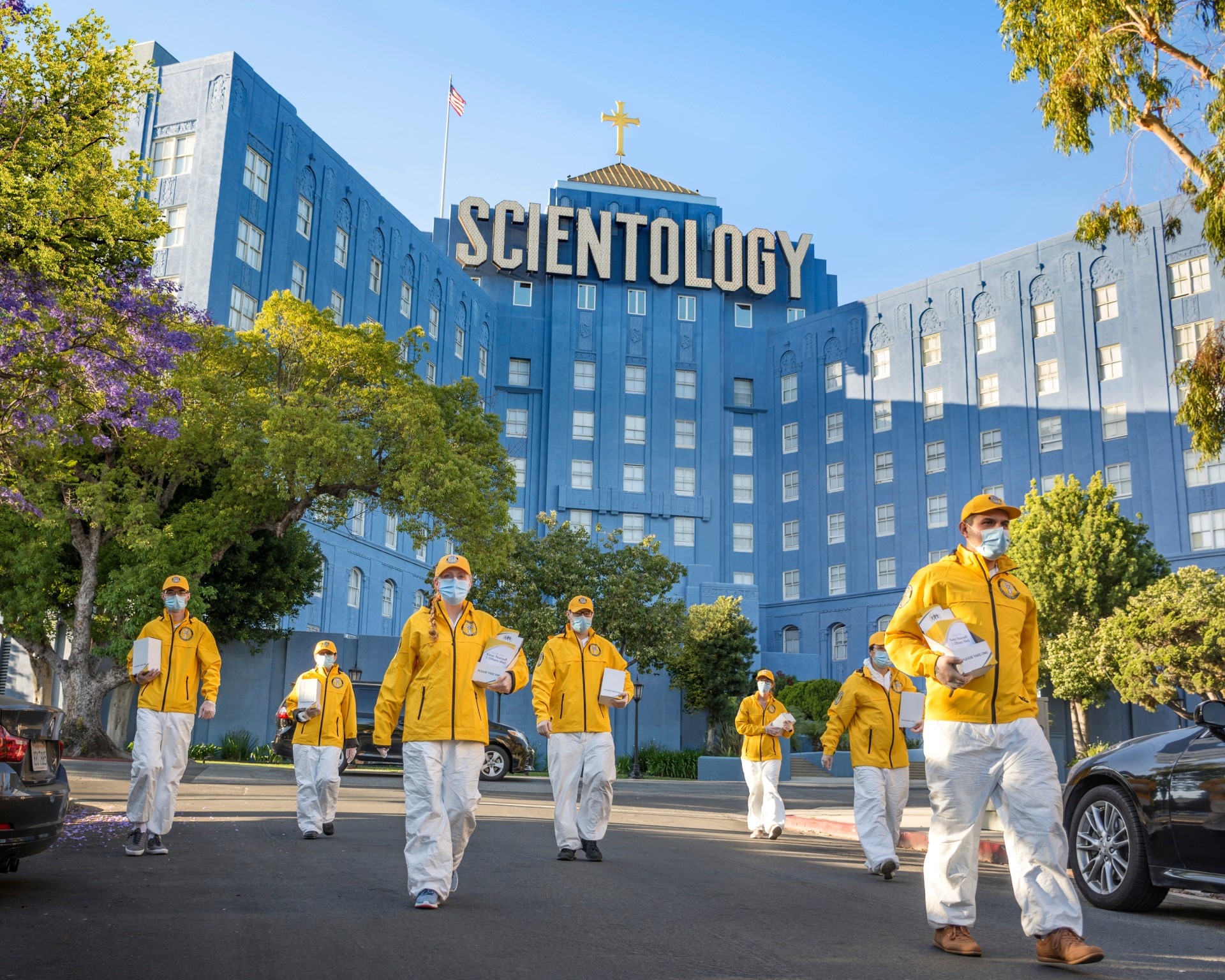Discovering the Church of Scientology: Its Objective and Global Existence
Wiki Article
The Truth Concerning the Church of Scientology Revealed
The Church of Scientology has long been a topic of both attraction and debate, with its beginnings dating back to the mid-20th century. As we begin to untangle the truth concerning the Church of Scientology, a clearer photo emerges, exposing a story that is as appealing as it is contentious.Beginnings and Establishing
The Church of Scientology was founded in 1954 by scientific research fiction author L. Ron Hubbard. Hubbard originally developed a self-help system called Dianetics, which later evolved right into what is currently referred to as Scientology. The beginnings of Scientology trace back to Hubbard's dissatisfaction with conventional psychiatric therapy approaches and his idea in the possibility for people to conquer previous traumas and achieve spiritual enlightenment.Hubbard's mentors centered around the idea of thetans, never-ceasing souls offer in all individuals, and the practice of auditing, a form of therapy intended at uncovering and dealing with previous injuries (Johannesburg North). These principles created the foundation of Scientology, which Hubbard called a faith that used a course to self-discovery and individual development
The Church of Scientology promptly gained followers, with Hubbard establishing the initial official Church of Scientology in Los Angeles. For many years, the company increased internationally, attracting both committed followers and critics who raised problems about its methods and beliefs. Regardless of conflicts surrounding its beginnings and practices, Scientology remains to be a significant spiritual movement with a visibility in different countries around the globe.

Beliefs and Practices
With a concentrate on spiritual enlightenment and personal growth, Scientology's beliefs and practices revolve around discovering previous injuries and achieving self-discovery through the concept of thetans and the technique of bookkeeping. Thetans, according to Scientology teaching, are immortal souls that exist within each person. These thetans have endured numerous past lives and have collected unfavorable experiences understood as engrams that prevent spiritual progression. With a process called bookkeeping, Scientologists purpose to address and get rid of these engrams to attain a state of clear, without the negative impacts of past injury.By doing so, Scientologists think they can achieve spiritual enlightenment, boost personal development, and reach their complete possibility as spiritual beings. The method of auditing is central to the ideas and techniques of Scientology, stressing self-discovery and the search of a higher state of presence.
Conflicts and Objections
In the middle of public analysis and debate, the Church of Scientology has dealt with a multitude of disputes and objections regarding its practices and influence on culture. One significant point of opinion revolves around the company's alleged economic practices, with complaints of inflated fees for solutions and hostile fundraising tactics - Johannesburg North. Doubters have also elevated issues about the Church's rigorous hierarchical framework, which some previous participants declare fosters a culture of control and adjustmentAdditionally, the Church of Scientology has gone through prevalent criticism for its therapy of participants, consisting of allegations of required labor, emotional misuse, and the method of disconnection, where members are urged to cut ties with friends and family important of the Church. These practices have actually caused various lawful challenges and examinations in several countries, casting a darkness over the Church's online reputation.
Additionally, the Church's aggressive legal tactics versus media and movie critics outlets have sparked debates concerning freedom of expression and the limitations of spiritual defense. These controversies have considerably shaped public understanding of the Church of Scientology and proceed to sustain recurring arguments regarding its legitimacy and effect on culture.
Management and Structure
Exactly how does the leadership structure of the Church of Scientology affect its procedures and decision-making processes? The Church of Scientology is understood for its ordered management version, which is centralized around the authority of its leader, presently David Miscavige.At the neighborhood level, Scientology operates through specific churches and objectives, each with its own collection of leaders liable for looking after operations within their respective areas. These leaders are charged with applying the regulations established forth by the main management while likewise attending to the particular requirements of their churchgoers.
While this ordered framework can simplify procedures and guarantee adherence to the church's doctrines, it has additionally dealt with criticism for potential misuses of power and lack of transparency. Comprehending the leadership and framework of the Church of Scientology is essential in understanding just how the company features and the characteristics at play within its rankings.
Impact and Impact
What considerable results does the management framework of the Church of Scientology have on its participants and exterior stakeholders? The ordered management framework within the Church of Scientology applies an extensive impact on its members and outside stakeholders.On The Surface, the Church of Scientology's leadership structure can have a polarizing impact on stakeholders. While some may be attracted to the organization's charismatic leaders and pledges of self-improvement, others may be wary of the control applied over participants and the conflicts bordering the church. This can bring about a department in public understanding, with some watching the company positively and others revealing skepticism or objection. On the whole, the leadership structure of the Church of Scientology plays a significant duty in forming the experiences and understandings of both participants and external stakeholders.
Conclusion

The Church of Scientology rapidly acquired followers, with Hubbard establishing the first official Church of Scientology in Los Angeles.Amidst public scrutiny and argument, the Church of Scientology has encountered a multitude of disputes and objections regarding its practices and effect on society.What considerable impacts does the management framework of the Church of Scientology have on What is Scientology its participants and outside stakeholders? The ordered leadership structure within the Church of Scientology exerts a profound impact on its participants and outside stakeholders. Generally, the management structure of the Church of Scientology plays a significant duty in forming the experiences and understandings of both members and exterior stakeholders.
Report this wiki page